- About us
- Support the Gallery
- Venue hire
- Publications
- Research library
- Organisation chart
- Employment
- Contact us
- Make a booking
- Onsite programs
- Online programs
- School visit information
- Learning resources
- Little Darlings
- Professional learning

NPPP judge Robert Cook provides irreverent insight into this year’s fare, and having to be a bit judgemental.
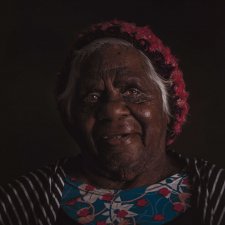
Rebecca Ray reflects on Robert Fielding’s Mayatjara series, honouring songlines and intergenerational knowedge.
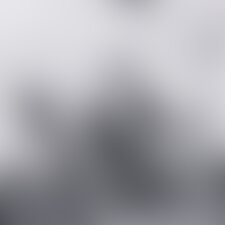
Australia's major abstract painter Yvonne Audette discusses her portrait of sculptor Robert Kippel.
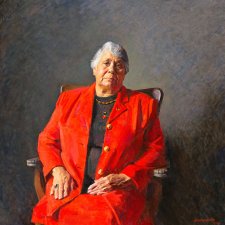
Robert Hannaford has completed around 400 portraits over the span of his career.
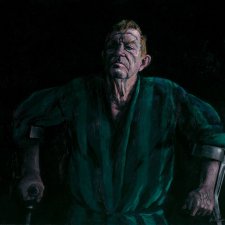
Magda Keaney talks with Bill Leak about his bold new portrait of Robert Hughes in the National Portrait Gallery collection.
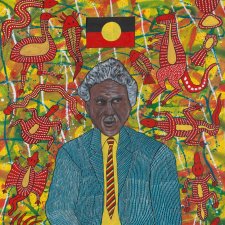
Michael Desmond discusses the portrait of Senator Neville Bonner by Robert Campbell Jnr.
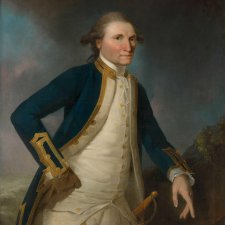
Robert Oatley's continuing benefaction has helped the National Portrait Gallery acquire works that add another layer to the story of Captain Cook.

Robert Oatley talks about the repatriation of the John Webber portrait of Captain James Cook.

The story behind two colonial portraits; a lithograph of captain and convict John Knatchbull and newspaper illustration of Robert Lowe, Viscount Sherbrooke.

Joanna Gilmour discovers that the beards of the ill-fated explorers Burke and Wills were as epic as their expedition to traverse Australia from south to north.
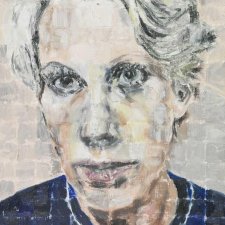
Drawn from the Gallery's collection, the exhibition Face the Music explores the remarkable talents and achievements of Australian musicians, composers, conductors and celebrities associated with the music industry.
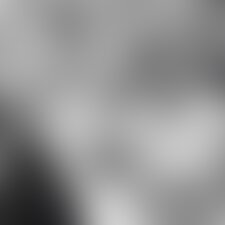
The complex connections between four creative Australians; Patrick White, Sidney Nolan, Robert Helpmann and Peter Sculthorpe.
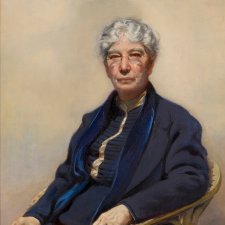
Dr Sarah Engledow explores the portraits of writers held in the National Portrait Gallery's collection.
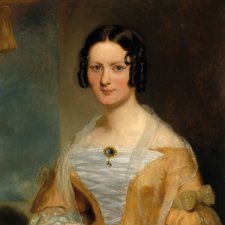
Henry Mundy's portraits flesh out notions of propriety and good taste in a convict colony.
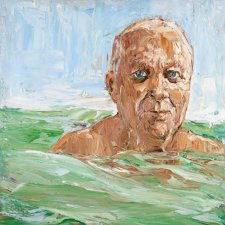
Dr Sarah Engledow writes about the portraiture of Australian artist Nicholas Harding.
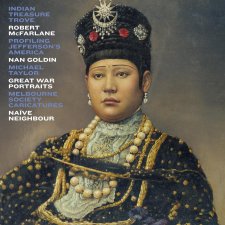
Explore an Indian treasure trove, photography by Robert McFarlane and Nan Goldin, Michael Taylor's expressionist paintings, the Great War portraits, and more!
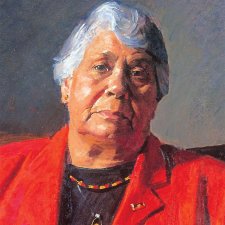
This issue of Portrait Magazine features Robert Hannaford, Walter Lindrum, John Brack, judicial portraits, Vincent Lingiari and more.

This issue of Portrait Magazine features Bill Leak's portrait of Robert Hughes, Polly Borland's photographs, Bill Brandt, Andy Thomas, Tracey Moffatt and more.
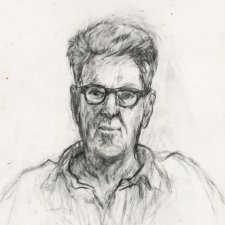
Sarah Engledow likes the manifold mediums of Nicholas Harding’s portraiture.
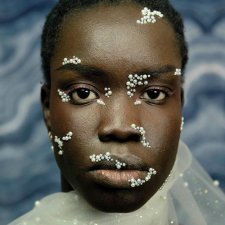
Rebecca Ray on Robert Fielding’s Mayatjara series, Jennifer Higgie on Alice Neel, Elspeth Pitt chats with Yvette Coppersmith, Vincent Fantauzzo on virtual sittings with Hugh Jackman and more.
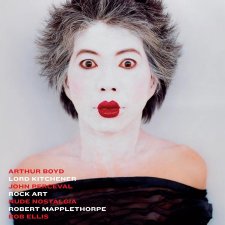
Experience the art of rock music; attend to the neglected aspects of Lord Kitchener's work; and say farewell to the inimitable Bob Ellis.

In focussing on the importance of gifts in the building of the collection, prominence must be given to the most spectacular of the National Portrait Gallery's acquisitions; the portrait of Captain James Cook RN by John Webber R.A.

In February 2003 the National Portrait Gallery Circle of Friends brought Sir Robert Strong to Australia to present a series of lectures entitled The Artists & The Banquet- A History of Dining, which focused on the links between gardens and table decoration from the Renaissance to the Victorian Era.
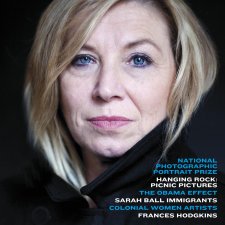
NPG Washington director Kim Sajet on the Obama portraits, Sarah Ball’s Immigrants, judging the NPPP, Frances Hodgkins, and Picnic at Hanging Rock.
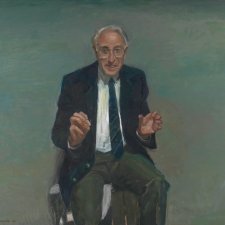
Peter Wegner's approach to portraiture could be considered a visual record of the rapport, the dynamic space between artist and subject.
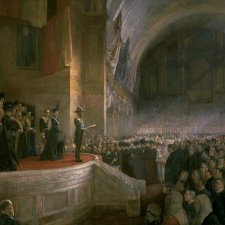
Celebrates the centenary of the first national art collection, the Historic Memorials Collection, housed at Australia's Parliament House.
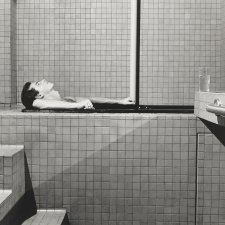
Christopher Chapman delights in the intimacy of Robert Mapplethorpe's photography
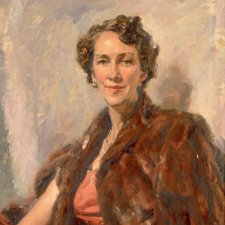
During her time in Australian politics, Dame Nancy Buttfield was an impressive advocate for equality for women and was responsible for ending the marriage bar for women in the Public Service.
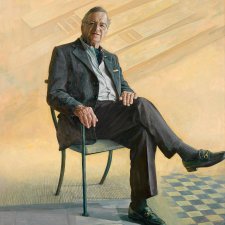
A new painting by Jiawei Shen captures the vision and resolve of the Gallery's founder, L. Gordon Darling AC CMG.
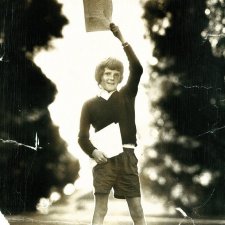
Peter Wilmoth’s boy-journalist toolkit for antagonising an Australian political giant.
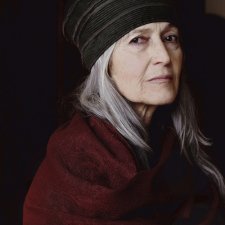
National Photographic Portrait Prize curator, Sarah Engledow, finds reward in a difficult task and ultimately uncovers the essence of portraiture.
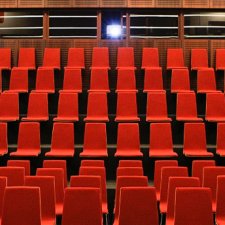
Michael Kimmelman, Chief Art Critic of The New York Times and author of Portraits: Talking with Artists at the Met, the Modern, the Louvre and Elsewhere, presented the National Portrait Gallery Third Anniversary Lecture on 2 March 2002. He was generously brought to Australia by the Gordon Darling Foundation and Qantas.

Andrew Sayers asks whether a portrait can truly be the examination of a life.
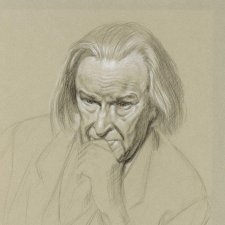
Joanna Gilmour delves into a collection display that celebrates the immediacy and potency of drawing as an art form in its own right.
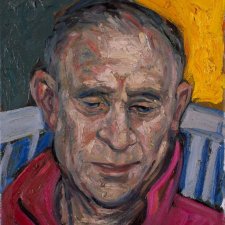
The exhibition Portraits for Posterity celebrates gifts to the Gallery, of purchases made with donated funds, and testifies to the generosity and community spirit of Australians.
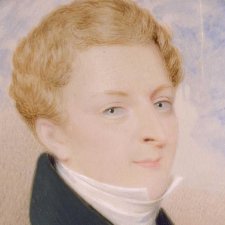
The acquisition of the ivory miniatures of Mortimer and Mrs Lewis.
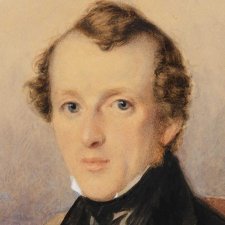
Michael Desmond examines the career of the eighteenth-century suspected poisoner and portrait artist Thomas Griffiths Wainewright.
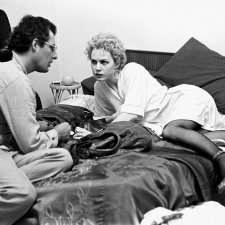
Penelope Grist speaks to Robert McFarlane about shooting for the stars.
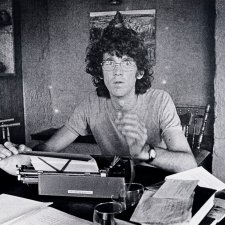
A reflection on the National Portrait Gallery's first four years.
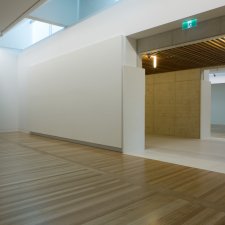
Christopher Chapman highlights the inaugural hang of the new National Portrait Gallery building which opened in December 2008.
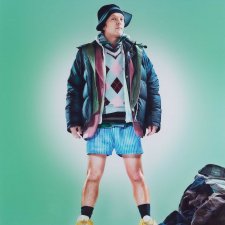
Christopher Chapman profiles Chris Lilley, actor and creator of Angry Boys.
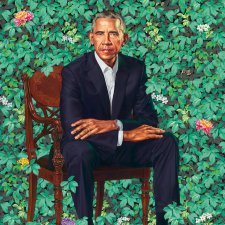
Kim Sajet reflects on two portraits with a power that extends beyond gallery walls.
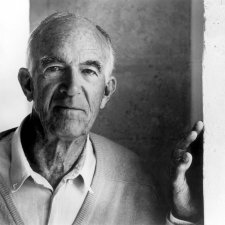
The story behind the acquisition of the portrait of Danish architect Jørn Utzon.
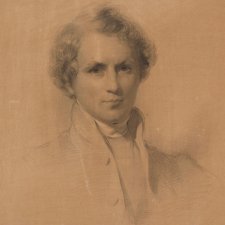
Jessica Smith looks at the 'fetching' portrait of Tasmania's first Anglican Bishop, Francis Russell Nixon by George Richmond
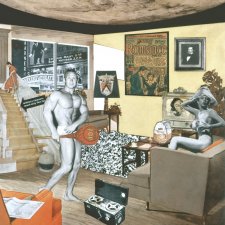
A National Portrait Gallery, London exhibition redefines portraiture, shifting the focus towards a new perspective on Pop Art.
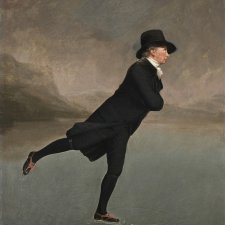
Diana O’Neil samples the tartan treats on offer in the Scottish National Portrait Gallery.
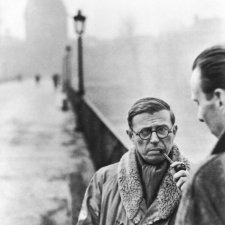
Henri-Cartier-Bresson invented the grammar for photographing life in the 20th century.

Joanna Gilmour explores the 1790 portrait of William Bligh by Robert Dodd.
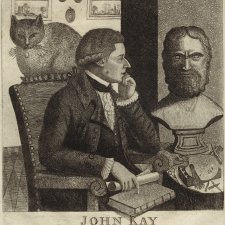
Joanna Gilmour presents John Kay’s portraits of a more infamous side of Edinburgh.

Joanna Gilmour recounts the story of ill-fated sea voyages in the early stages of the Antipodean colony.
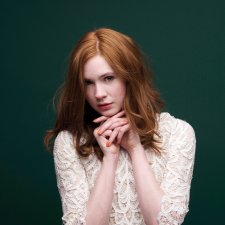
James Holloway describes the first portraits you encounter when entering the Scottish National Portrait Gallery.
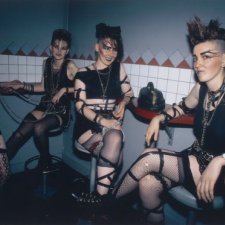
The exhibition Aussies all features the ecclectic portrait photography of Rennie Ellis which captures Australian life during the 70s and 80s.
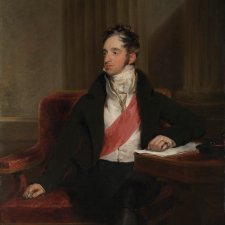
Angus Trumble salutes the glorious portraiture of Sir Thomas Lawrence.
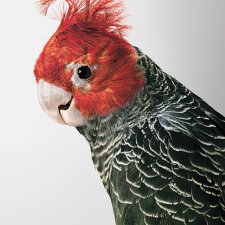
Sarah Engledow plays wingman to Leila Jeffreys.
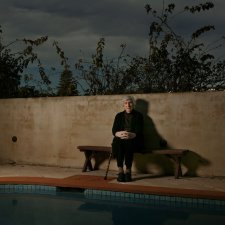
The Glossy 2 exhibition highlights the integral role magazine photography plays in illustrating and shaping our contemporary culture.

Peter Jeffrey trips the hound nostalgic.

Sarah Engledow on a foundational gallery figure who was quick on the draw.
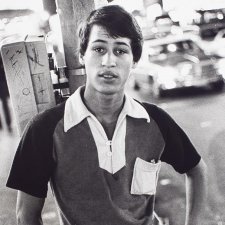
Christopher Chapman immerses himself in Larry Clark’s field of vision.
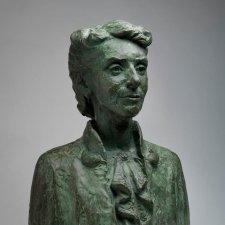
Andrew Sayers outlines the highlights of the National Portrait Gallery's display of portrait sculpture.
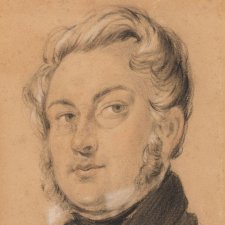
Joanna Gilmour accounts for Australia’s deliciously ghoulish nineteenth century criminal portraiture.
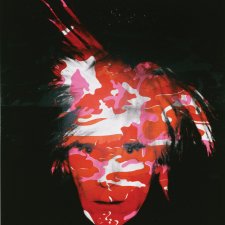
David Ward writes about the exhibition Hide/Seek: Difference and Desire in American Portraiture on display at the National Portrait Gallery, Washington.
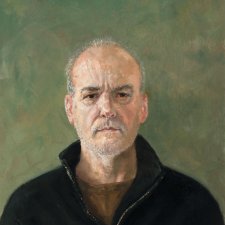
Close encounters are the genesis for Graeme Drendel’s enticing portraiture.
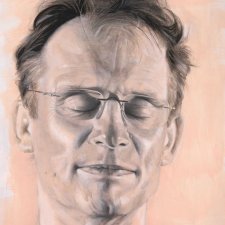
Anne Sanders and Christopher Chapman bring passionate characterisation to Express Yourself, the Portrait Gallery collection exhibition celebrating iconoclastic Australians.
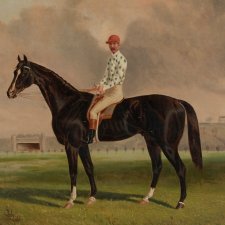
Blue Mountain, Owner, Trainer, Jockey, James Scobie 1887 by Frederick Woodhouse Snr. is a portrait of James Scobie, well known jockey and eminent horse trainer.
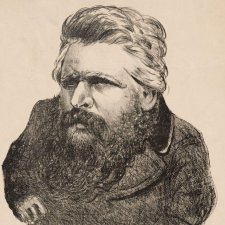
Joanna Gilmour on Tom Durkin playing with Melbourne's manhood.

Sarah Engledow casts a judicious eye over portraits in the Victorian Bar’s Peter O’Callaghan QC Portrait Gallery.
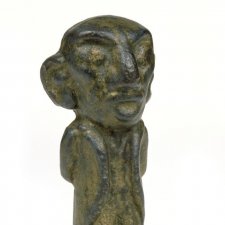
A toast to the acquisition of an unconventional new portrait of former Prime Minister, Stanley Melbourne Bruce.
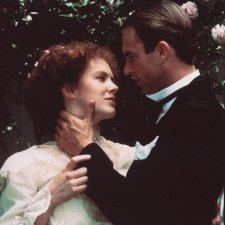
Anne O’Hehir on the seductive power of the film still to reflect and shape ourselves and our cultural landscape.
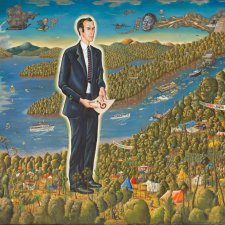
Michael Desmond explores the complex portrait of Dr Bob Brown by Harold 'The Kangaroo' Thornton.

Sharon Peoples contemplates costumes and the construction of identity.
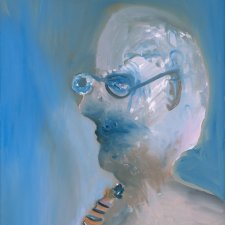
Andrew Sayers explores the self-portraits created by Australian artist Sidney Nolan.
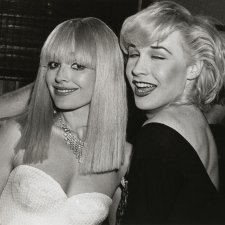
Glynis Jones on the Powerhouse’s retrospective of one of Australia’s foremost fashion reportage and social photographers.
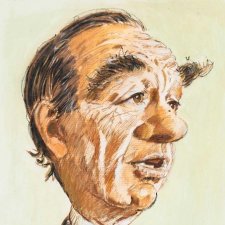
A collection of thirty-seven caricatures by the artist Joe Greenberg capture the heroes and villians of Australian business in the 1980s.
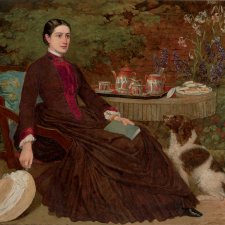
Malcolm Robertson tells the family history of one of Australia's earliest patrons of the arts, his Scottish born great great great grandfather, William Robertson.
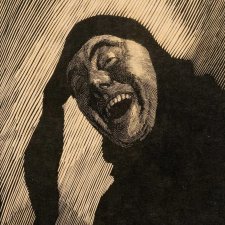
Michelle Fracaro describes Lionel Lindsay's woodcut The Jester (self-portrait).

Sir William Dobell painted the portraits of Sir Charles Lloyd Jones and Sir Hudson Fysh, who did much to promote the image of Australia in this country and abroad.
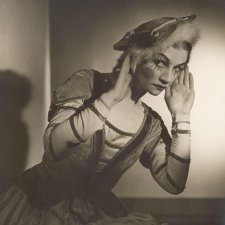
Gael Newton delves into the life and art of renowned Australian photographer, Max Dupain.
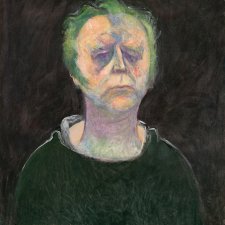
Diana O’Neil on Noel Counihan’s vivid 1971 portrait of Alan Marshall.

Gillian Raymond investigates the history of humanoid robots and asks, is this the future of portraiture?
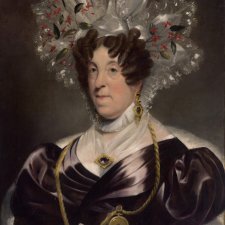
Joanna Gilmour describes how colonial portraitists found the perfect market among social status seeking Sydneysiders.
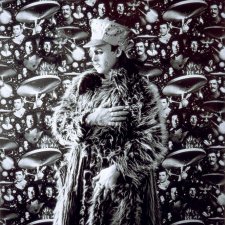
Dr Sarah Engledow writes about the larger-than-life Australian performance artist, Leigh Bowery.
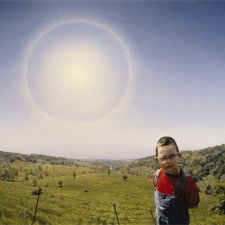
Australia's former Cultural Attache to the USA, Ron Ramsey, describes the mood at the opening week of the revitalised American National Portrait Gallery.
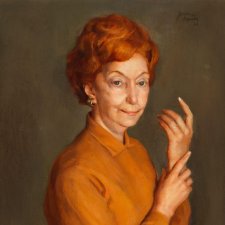
The name of Florence Broadhurst, one of Australia’s most significant wallpaper and textile designers, is now firmly cemented in the canon of Australian art and design.
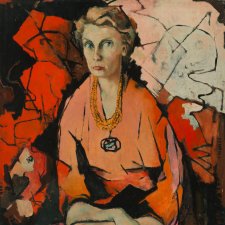
Diana Warnes explores the lives of Hal and Katherine 'Kate' Hattam through their portraits painted by Fred Williams and Clifton Pugh.
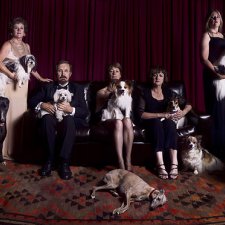
Michael Desmond profiles a handful of the entrants in first National Photographic Portrait Prize and notes emerging themes and categories.
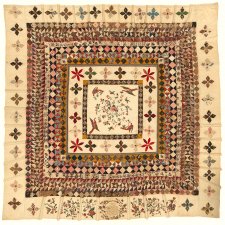
The Rajah Quilt’s narrative promptings are as intriguing as the textile is intricate.
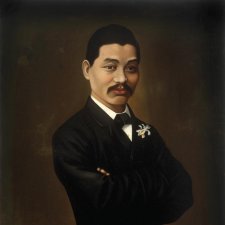
Joanna Gilmour explores the life of Chinese-Australian businessman and philanthropist Quong Tart.
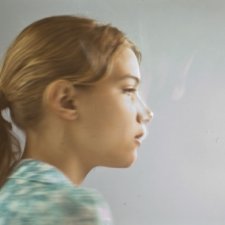
Michael Desmond introduces some of the ideas behind the exhibition Present Tense: An imagined grammar of portraiture in the digital age.
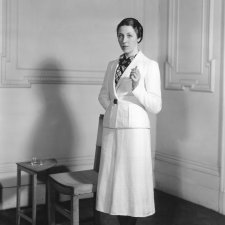
Aviation carried women’s roles in society to greater heights – fashion followed suit.
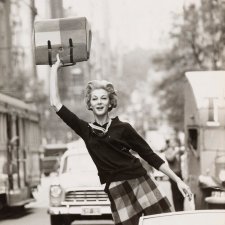
Dr Sarah Engledow puts four gifts to the National Portrait Gallery’s Collection in context.
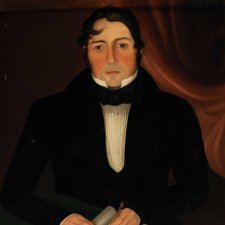
Joanna Gilmour explores the life and times of convict-turned-artist William Buelow Gould.
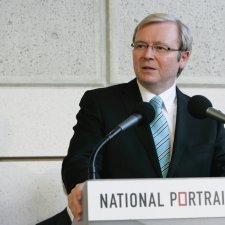
In his speech launching the new National Portrait Gallery building on 3 December 2008, then Prime Minister Kevin Rudd set the Gallery in a national and historical context.
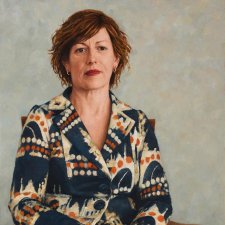
Jude Rae contemplates the portrait commission.
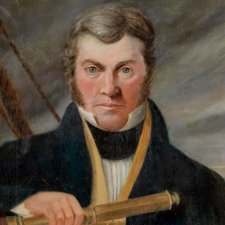

Grace Carroll contemplates the curious case of Christian Waller.
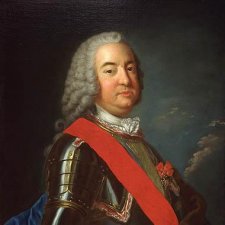
An exploration of national identity in the Canadian context drawn from the symposium Face to Face at the Scottish National Portrait Gallery in 2004.
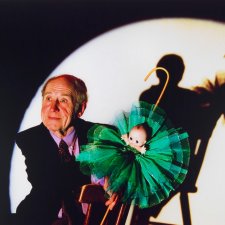
Karen Vickery delights in a thespian thread of the Australian yarn.
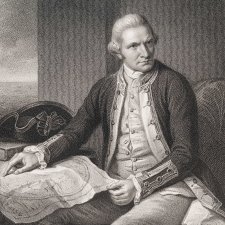
A focus on Indigenous-European relationships underpins Facing New Worlds. By Kate Fullagar.
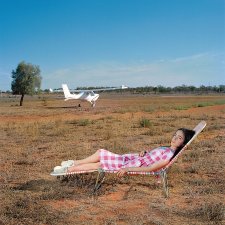
Inga Walton traces the poignant path of photographer Polixeni Papapetrou, revealed in the NGV’s summer retrospective.
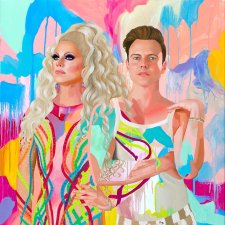
Anne O’Hehir chats with artist Kim Leutwyler about courage, community and the ethics of looking.
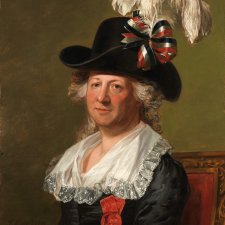
Jane Raffan asks do clothes make the portrait, and can the same work with a new title fetch a better price?
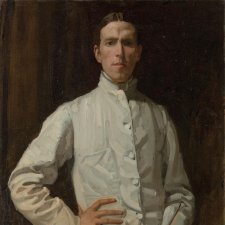
Inga Walton on the brief but brilliant life of Hugh Ramsay.
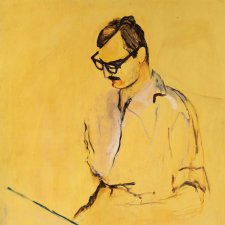
Roger Benjamin explores the intriguing union of Lina Bryans and Alex Jelinek.

Sarah Engledow on Messrs Dobell and MacMahon and the art of friendship.

Frank Hurley's celebrated images document the heroism and minutiae of Australian exploration in Antarctica.
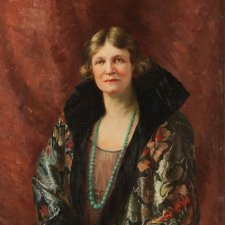
Penelope Grist explores the United Nations stories in the Gallery’s collection.
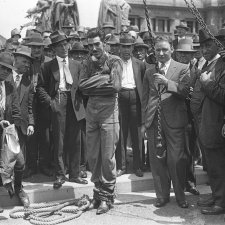
John Zubrzycki lauds the characters of the Australian escapology trade.
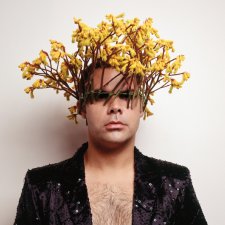
Jane Raffan examines unique styles of Indigenous portraiture that challenge traditional Western concepts of the artform.
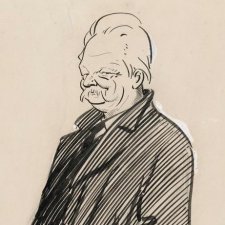
Dr. Sarah Engledow tells the story of Australia's first Federal statistician, Sir George Knibbs.

Tom Fryer surveys the twentieth-century architectural project, and finds representation and the portrait were integral elements.
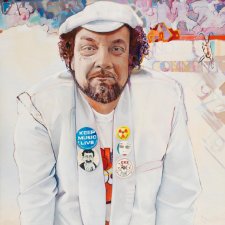
Dr Sarah Engledow discusses the recent gift of works by David Campbell.
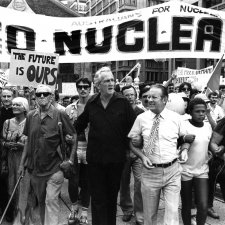
Dr Sarah Engledow examines a number of figures in the collection of the National Portrait Gallery who were pioneers or substantial supporters of the seminal Australian environmental campaigns of the early 1970s and 1980s.
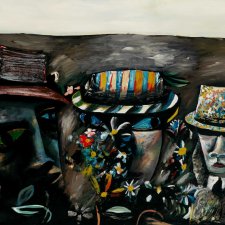
Dr. Sarah Engledow explores the context surrounding Charles Blackman's portrait of Judith Wright, Jack McKinney and their daughter Meredith.

Alexandra Roginski gets a feel for phrenology’s fundamentals.
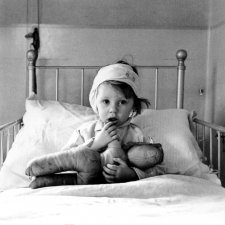
To accompany the exhibition Cecil Beaton: Portraits, held at the NPG in 2005, this article is drawn from Hugo Vickers's authorised biography, Cecil Beaton (1985).
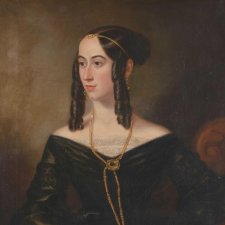
Emma Kindred examines fashion as a representation of self and social ritual in 19th-century portraiture.
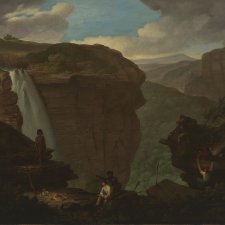
The London-born son of an American painter, Augustus Earle ended up in Australia by accident in January 1825.

Jane Raffan feasts on modernity’s entrée in the Belle Époque theatre of the demimonde.
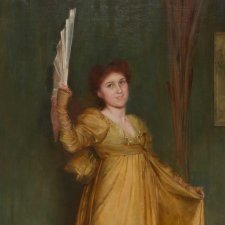
Dr. Sarah Engledow discovers the amazing life of Ms. Hilda Spong, little remembered star of the stage, who was captured in a portrait by Tom Roberts.
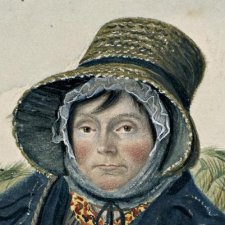
Dempsey’s People curator David Hansen chronicles a research tale replete with serendipity, adventure and Tasmanian tigers.
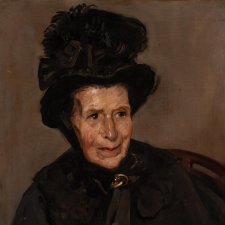
Joanna Gilmour profiles Violet Teague, whose sophisticated works hid her originality and non-conformity in plain sight.
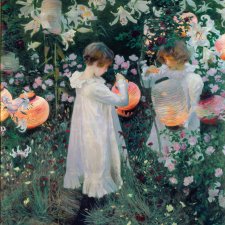
John Singer Sargent: a painter at the vanguard of contemporary movements in music, literature and theatre.
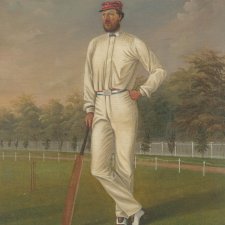
The tragic tale of Tom Wills, the ‘inventor’ of Australian Rules Football.

Shipmates for years, James Cook and Joseph Banks each kept a journal but neither man shed light on their relationship.
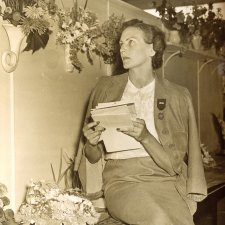
Sarah Engledow lauds the very civil service of Dame Helen Blaxland.
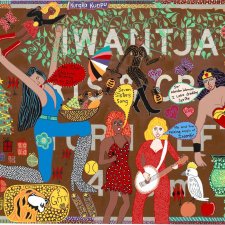
Joanna Gilmour reflects on merging collections and challenging traditional assumptions around portraiture in WHO ARE YOU.
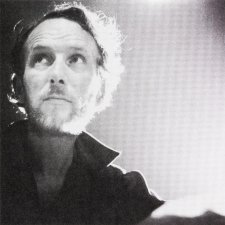
One half of the team that was Eltham Films left scarcely a trace in the written historical record, but survives in a vivid portrait.